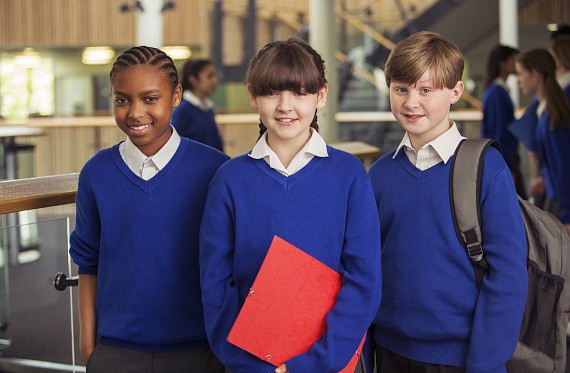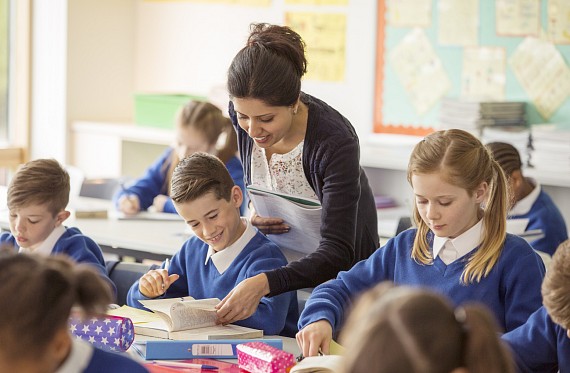6 ways to encourage quiet children to speak out in class
Part of our Teacher Training & Wellbeing series
Part of our Teacher Training & Wellbeing series
Every class will have a wide range of different personalities, interests and needs. As teachers, we try our best to get to know all of our pupils and meet these needs, but every teacher will also know that sometimes it's the quiet ones that are the hardest to bring out of their shell and make their voices heard in class.
Here are some tips that might just help you encourage the quieter children in your classroom to speak out:

A structured, classroom debate is a great place to get children contributing to the conversation. And I’m not talking about the sort of debate where you are asking for volunteers to support or oppose a motion, which can be too scary to engage with and always attracts the same few people. I’m thinking, rather, of a bite-sized exploration on a topic, which allows whole-class contribution. Choose a topical issue which inspires maximum engagement, and you’ll be doing everything possible to make sure you have equal contributions from all of your class.

Quieter children often seem to be more willing to speak out in smaller groups. Try running the debate during Tutor Time where there are fewer people. For those pupils who are really lacking in confidence, try paired discussions, brining in contribution when there is more engagement.

For pupils who seem unwilling to indulge in any conflict or disagreement, it’s worthwhile teaching them that an element of open-minded, healthy disagreement isn’t the end of the world and can lead to quality exchange of views. It’s OK to disagree! Try encouraging use of expressions which ‘capture’ the disagreement such as “The evidence suggests something different to what you’re saying…”, or direct non-confrontational statements: “I’m not clear on what you’re saying: what are you basing the evidence for your argument on?”

Using a carefully put-together resource to inform the debate, with facts, figures and snippets of information, encourages everyone to confidently contribute and feel less intimidated having to pull-out a ready-made view which they then have to support. An evidence-base is a great support and start-point and will get the talk, the views and the exchange flowing as naturally as possible.

The UK educational system often models a right-or-wrong answer where careful preparation and rote learning can be rewarded over originality of thinking and considered risk-taking. In later life, business often rewards the latter. Use the debate as a forum where pupils can safely take risks and understand that there isn’t always a right or wrong answer. A Critical Thinking teacher quoted in the GDCT Report states that some pupils "are initially terrified, panic in extreme that they don’t have the ‘right’ answer, but I try to help them, systematically, logically, to move outside their comfort zone…it can be agonising for them.” Modelling in your own behaviour, teaching style and vocabulary that life is often nuanced, with many shades of grey between the black and the white, is a great way to encourage this risk-taking in quieter children.

VotesforSchools is a weekly debate programme designed to get every young person in the nation involved in the conversation. Every week, VotesforSchools creates a package of debate-style lessons and assemblies all about something that is currently in the news; from representation in films to whether the refugee crisis is really over. The lessons allow for a structured debate, providing students and teachers with all the knowledge needed for the question. They encourage students to consider the views and challenge eachother, before inviting them to take part in a national vote. Find out more about the programme here.